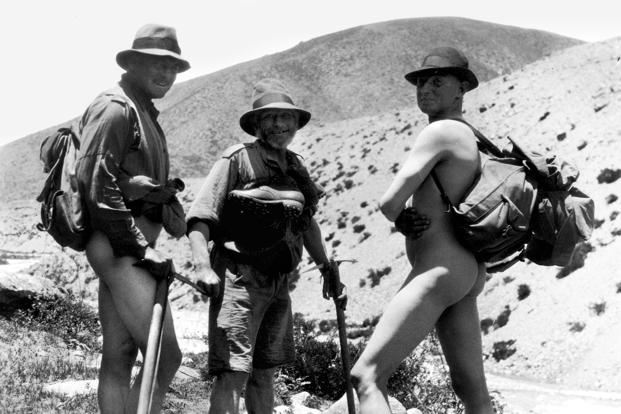Over the last week or so, I’ve been discussing this post by Robin Hanson with just about anyone. The first paragraph is the one that caught my attention.
Having a romantic partner is useful in many ways. You won’t be as lonely, you can ask them for advice, you can do activities together, and you can share transport and even a household with them. But if you look carefully, you will notice that many people don’t choose such partners mainly for their promise in such roles. They instead seek high status partners, who make them look good by association. Partners who are hot, funny, rich, powerful, etc.
Nevertheless, I urge you to read the whole thing. Hanson goes on to talk about status in several other fields, such as politics or in organisations.
Broadly paraphrasing (you should still read the whole thing), he says that people want to be associated with people with high status, or people who add status to them. So politicians who can project higher status will get elected. Organisations will appoint people who can further increase the status of the organisation.
I was thinking about this today from the point of view of last night’s post, where I had compared my life in my (current) full time job to that of a consultant, which I had been for nine years prior.
Sometimes it is common for us to comment, or gossip, that someone got hired purely on the strength of their reputation, and that their abilities are not extraordinary. Sometimes, reputations can be self-fulfilling – if you can somehow get the reputation of being good at something, more people will start with the Bayesian prior that you’re good at that, and as long as you don’t suck at that thing, the prior will continue to hold. And so more people will think you’re good at it, and so on.
So when I think of my own career, basically I realise the way to go is to get into a position that my sheer presence adds status to the organisation I’m associated with. That way, they will be more forgiving of the work that I do (or don’t do). At the same time, from my own perspective, the organisation also needs to (at least marginally) add to my status – at some level I may not want to join a club that wants me as a member.
I remember back in the day when I was consulting – one of my clients, during the negotiations prior to the engagement, had wanted me to put on LinkedIn that I was working for them. Now when I think of it from the point of view of Hanson’s post, this was the client leveraging my then reputation in data to further their own status.
This is what I need to bring to my employers as well (I have no clue if I do already with my current ones – though I’m not so popular within my (data science) domain in india). The target, if I were to think of it, is to get into that self-fulfilling space when it comes to status – that people want me just because I’m me and bring along a certain (positive) status.
Now that I’ve identified the target, I need to figure out how to get there. I know in his famous podcast, Naval said that we should optimise for wealth (a positive sum game) rather than for status (a zero sum game). But Hanson’s post, and my analysis of it, suggests that status can also lead to wealth. I need to figure out the tradeoff now!

